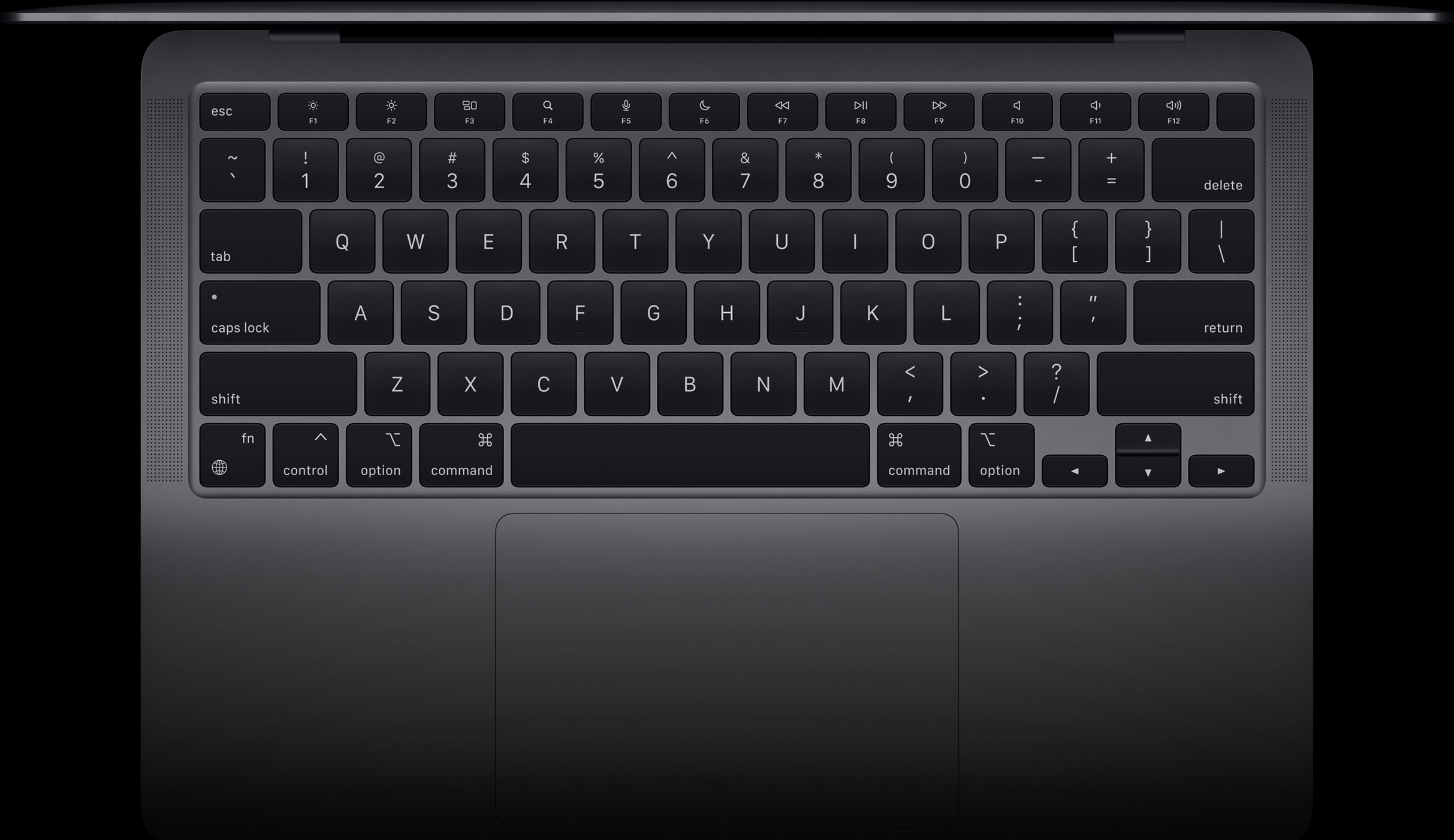How to Reset SMC and PRAM/NVRAM on Your Mac (2025 Edition)
06/19/2025

06/19/2025

If you're looking to trade in your MacBook but it's acting strange—maybe it’s running hot, refusing to start up, or your screen brightness and audio settings seem off—there’s a simple fix that could get things back on track: resetting the SMC and PRAM/NVRAM.
These system-level resets are safe, take just a few minutes, and can resolve a surprising number of hardware- and setting-related issues. But the exact steps vary depending on your model—especially now that the Silicon (M1, M2, M3, and the new M4 chips) have replaced Intel chips in most current models.
This guide will walk you through exactly what SMC and PRAM/NVRAM are, when you should reset them, and how to do it for every type of device released in the past decade—from 2015 Intel models to the latest M-series.
These settings persist even after restarting your device—but if they become corrupted or misaligned, strange behaviors can occur.
You might want to perform a reset if you’re experiencing any of the following:
Symptoms that point to an SMC issue:
Symptoms that suggest a PRAM/NVRAM reset:
These models have a removable SMC that can be reset manually:
These include models with Touch ID sensors and the T2 Security Chip:
If that doesn’t work:
There’s no manual SMC reset. All functions once handled by the SMC are now integrated into the Silicon chip, and they reset automatically during a standard restart.
To reset SMC on an M-series:
That’s it—no key combo required. If something still seems off, try a safe mode boot or recovery options.
You may need to go into System Settings afterward to adjust settings like:
There is no manual PRAM reset on these models. NVRAM is checked and refreshed automatically during every startup.
If you suspect a system setting is stuck, just shut down the device completely, wait 10 seconds, and start it up again.
Not sure whether you have an Intel, T2, or M-series chip? Here’s how to check:
Resetting the SMC or PRAM/NVRAM on your device is a simple but powerful troubleshooting step. If your trade-in Mac laptop is misbehaving and standard reboots haven’t helped, these resets are often the fix.
That said, use these steps only after trying basic solutions like quitting apps or checking for OS updates. And always back up your data before doing any reset, just to be safe.
Whether you’re using a 2015 model or a brand-new M4 chip model, the steps above have you covered.
Still having issues? You might be dealing with a hardware fault—or it might be time for a deeper diagnostics check. Or, maybe it's time for a new model altogether? If that's the case, then make sure to see how much we can offer you for your old macbook pro trade-in today.